

COSTA RICA
July 2003

5 of 7


COSTA RICA
July 2003


5 of 7
Moving up the Pacific coast to the northwest corner of Costa Rica, the rains fall less frequently, and so the dense
jungle is replaced by a different kind of lowland forest. The canopy trees are not as tall, thick, and crowded; their
trunks draped by fewer vines and epiphytes; the understory is less layered. Leaves are smaller and thinner, permitting
the dry forest more light than the formidable daytime darkness of the rainforest.
In an open area we see something large and black disturbing the branches of a tree. We approach thinking it’s a
monkey, but to our surprise it turns out to be a bird the size of a turkey, a Crested Guan, sporting a flashy red dewlap
instead of an unstylish wattle. Not far away we hear the cry of a Roadside Hawk, admonishing us for daring to walk
in her woods.
We enter an empty building and search for snakes. Looking up to the rafters we find instead a bunch of bats
looking down at us. To me it always seems strange to see bats up close and still during the day, dangling in their
wraps instead of flying by in darkness, erratic silhouettes against the night sky.
Outside we scan the wooden walls and stone foundation for any sign of herps, and one at a time they reveal
themselves: a truncated Yellow-headed Gecko, a Black-headed Frog, a Rose-bellied Fence Lizard, and from under a
board, a teeny-tiny Black-headed Snake.
We make our way into the woods, amidst mossy boulders and thorny shrubs, finding an occasional lizard on a
tree or a frog on the forest floor.
Not too many herps, so we settle for invertebrates: Large, round roaches hiding beneath boards; a tree snail on
a, uh, tree; butterflies on branches and butterflies on the street, mobbing a meal of delicious dung (obviously taste is
in the compound eye of the beholder).
Through the leaves we spot an Agouti, a large brown rodent the size of a cat, sitting up and nibbling on a snack.
And wading in a still, shallow stream we find a foam nest anchored to a mat of leaves. Following mating in some
species of tropical frogs, the male uses his back legs to whip up a froth from the fluid he deposited during amplexus.
This forms a ball of foam that remains intact for several days, providing protection for the fertilized eggs until
tadpoles emerge and slip into the surrounding water.
As we walk along we’re periodically followed by Capuchins, obviously disturbed by our intrusion. They scowl
from the branches and call down simian curses upon our heads, but eventually they settle down and become
philosophic about us bi-pedal primates.
After dark we go walking again by the stream, following the sounds of calling frogs, and encountering massive
pot-bellied Marine Toads, apparently in search of a meal or a mate, whichever comes first.
So far, no snakes. Quetzal comes up to me and asks if I’ve had any luck. I’m just about to reply, “No,” but
before the word leaves my mouth, I look down, and right at my feet is a snake! Turns out to be another kind of Cat-
eyed snake, the third species of Leptodeira we see on this trip, out of the four found in Costa Rica.
About that same time Ron comes over the walkie-talkie, telling us he’s found a snake! Quetzal and I make our
way from the stream, cross a clearing, and head down a path on the other side of the forest.
Earlier that day along the same trail Quetzal had spotted a shed skin sticking out of a small hole beneath the
roots of a tree. The shed was about three feet long, with two stripes clearly running down the back, and it was fresh.
We dug into the hole in hopes of finding the former owner, but no such luck.
Now Ron’s standing near that same spot, holding a snake about three feet long, two stripes clearly running
down the back, with shiny skin from a fresh shed. Such luck!
Ron and his luck are also responsible for another find that night, a neonate Hog-nose viper he nearly steps on.
After that we decide to hit the road and do some cruising as it begins to drizzle. Pick up a pretty red-and-black
banded Snail Sucker, Sibon anthracops, but it escapes before we can take a picture. So does the next red-and-black
banded snake we come upon.
Ron is driving, Quetzal is riding shotgun, and I’m in back falling asleep. Suddenly, I’m jolted awake as Ron
slams the brakes, and as if someone flipped a switch to spotlight a dark stage, there in the headlights are the bright S-
curves of a large Central American Coral Snake.
We rush from the car while the snake makes a dash for the side of the road. I try to pin it with my hook, but the
angle is wrong, and the snake too slick in the rain. It slips out from underneath my stick and is gone. I curse, pray for
a second chance, and vow to be more precise with my hook the next time, should there be a next time.
Slender Hog-nosed Viper
Porthidium ophryomegas
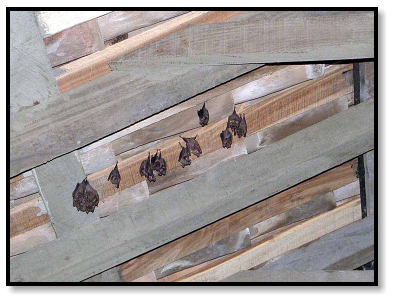
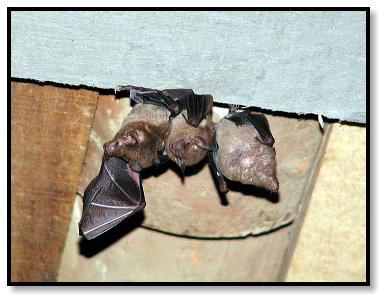
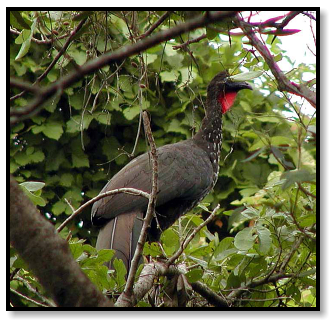
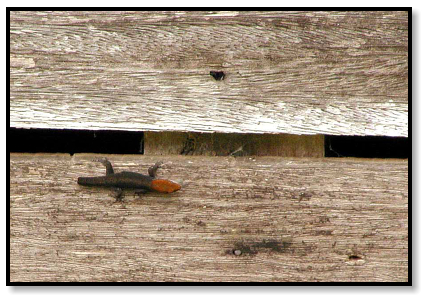
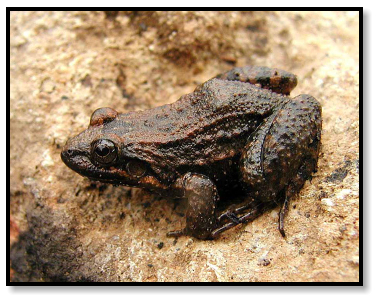
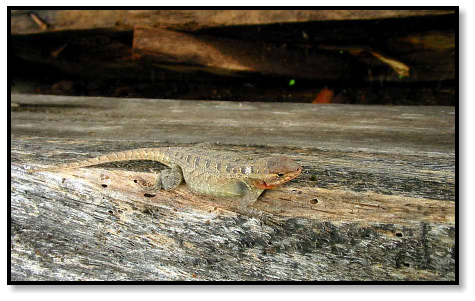
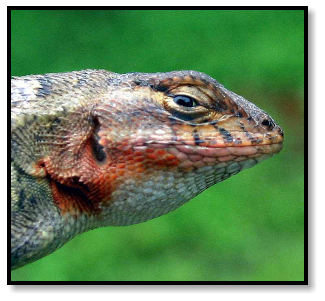
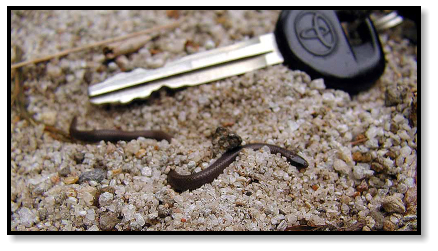

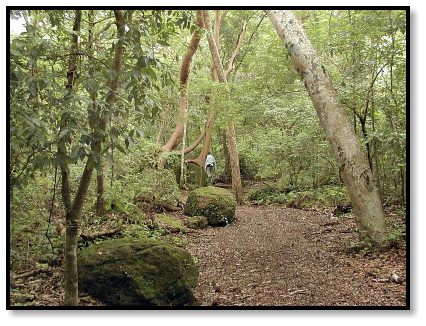
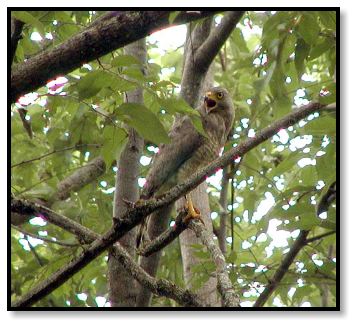
Black-headed Frog
Leptodactylus melanonotus
Rose-bellied Fence Lizard
Sceloporus variabilis
Black-headed Snake
Tantilla vermiformis
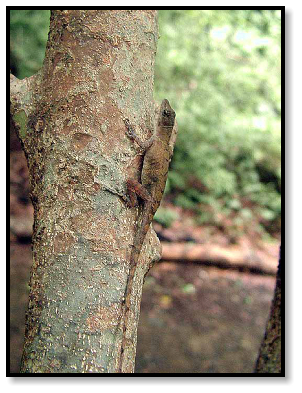

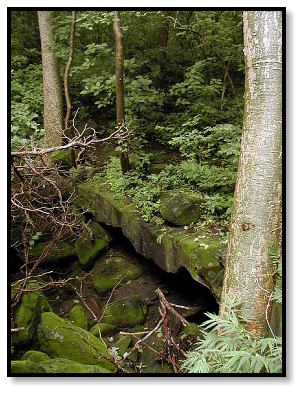

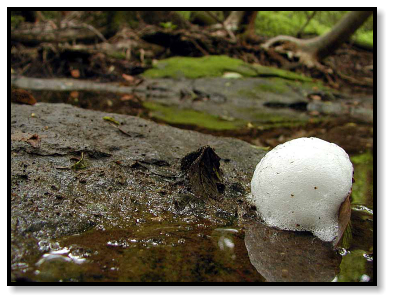
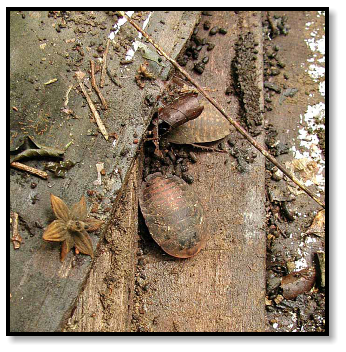
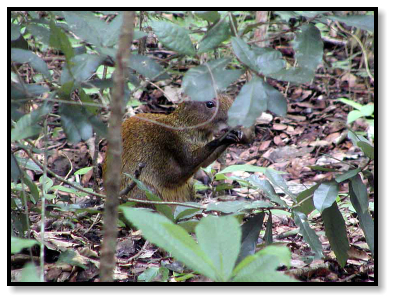
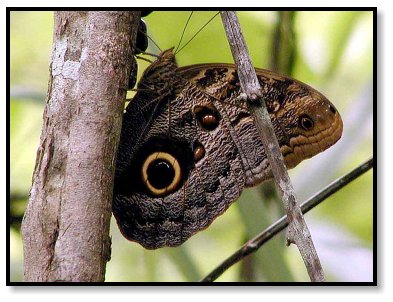
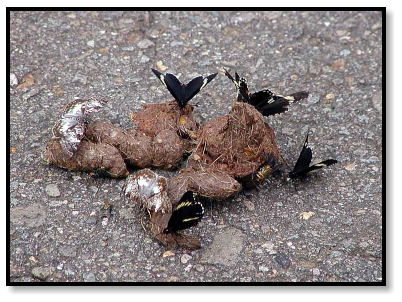
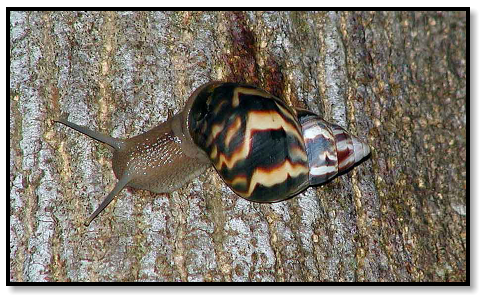
Slender Anole (?)
Norops cupreus
Whistling Frog
Leptodactylus poecilochilus
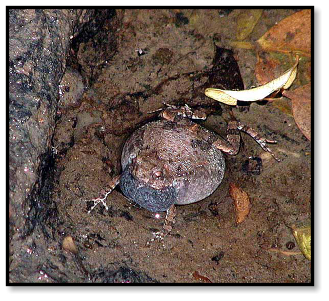
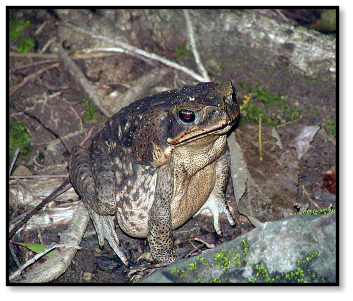
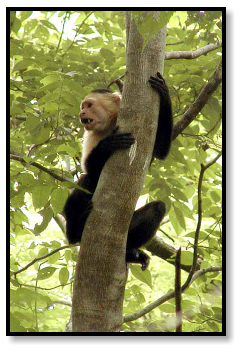
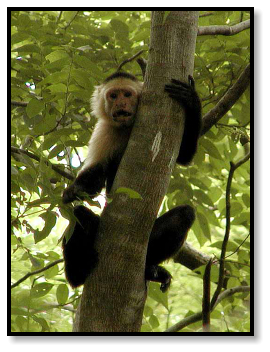
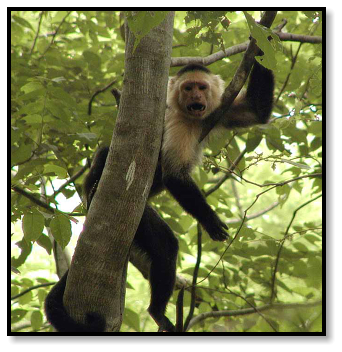
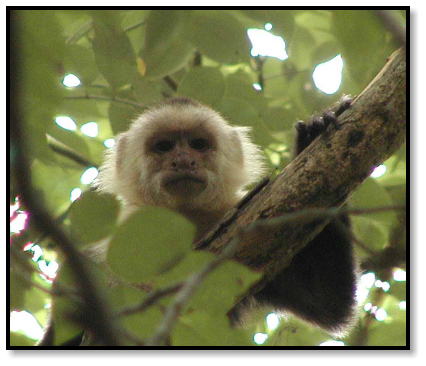
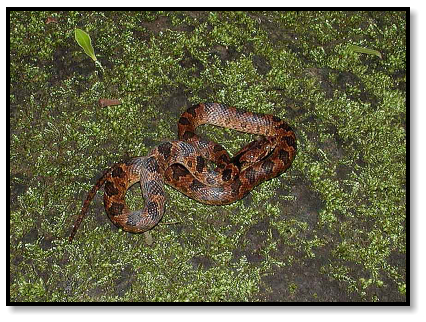
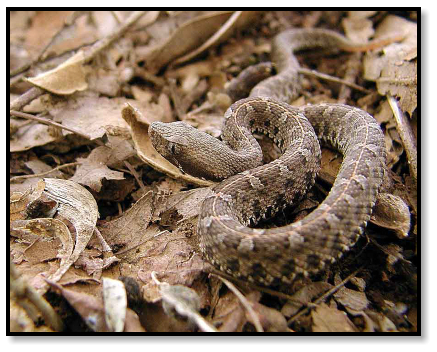
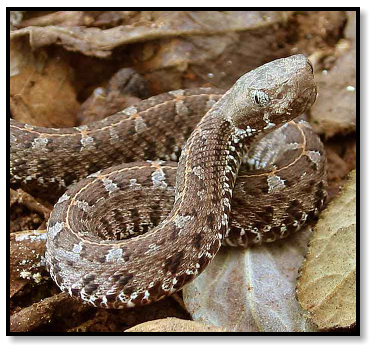
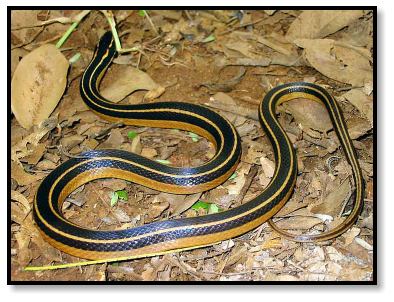
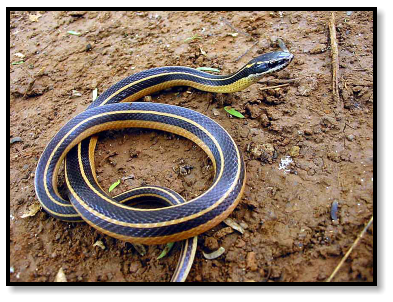
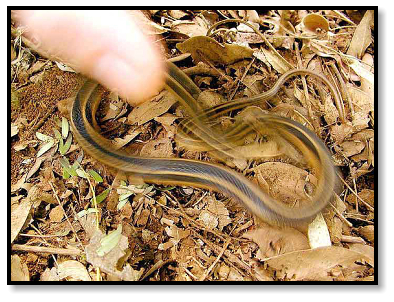
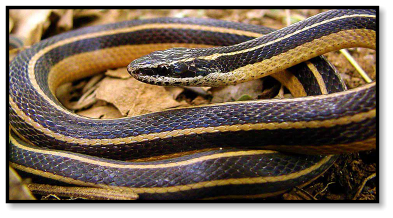
Marine Toad
Bufo marinus
Tungara Frog
Physalaemus pustulosus
Cat-eyed Snake
Leptodeira annulata
Striped Racer
Coniophanes piceivittis







